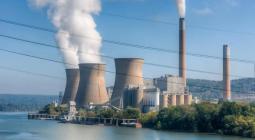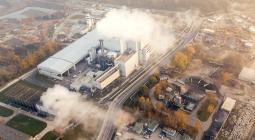Atmospheric levels of all three greenhouse gases hit record high
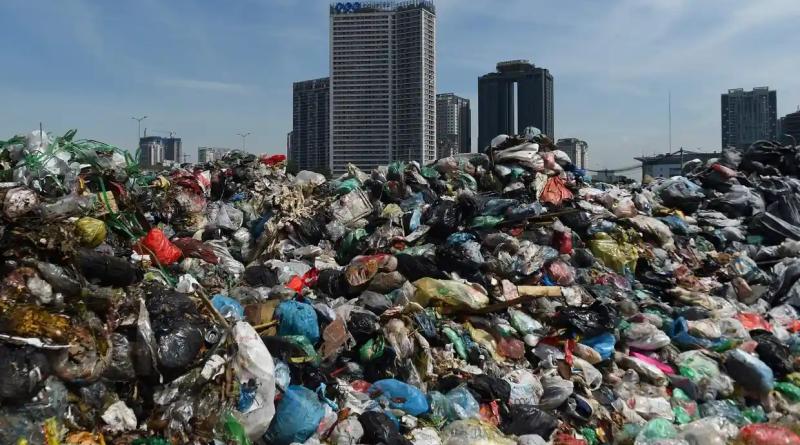
Scientists warn world ‘is heading in wrong direction’ amid rise in nitrous oxide, carbon dioxide and methane
Atmospheric levels of all three greenhouse gases have reached record highs, according to a study by the World Meteorological Organization, which scientists say means the world is “heading in the wrong direction”.
The WMO found there was the biggest year-on-year jump in methane concentrations in 2020 and 2021 since systematic measurements began almost 40 years ago.
Methane levels have risen rapidly in recent years, puzzling scientists. Some blamed it on an increase in fracking in the US but this came into doubt as industrial emissions were not showing a similarly sharp rise.
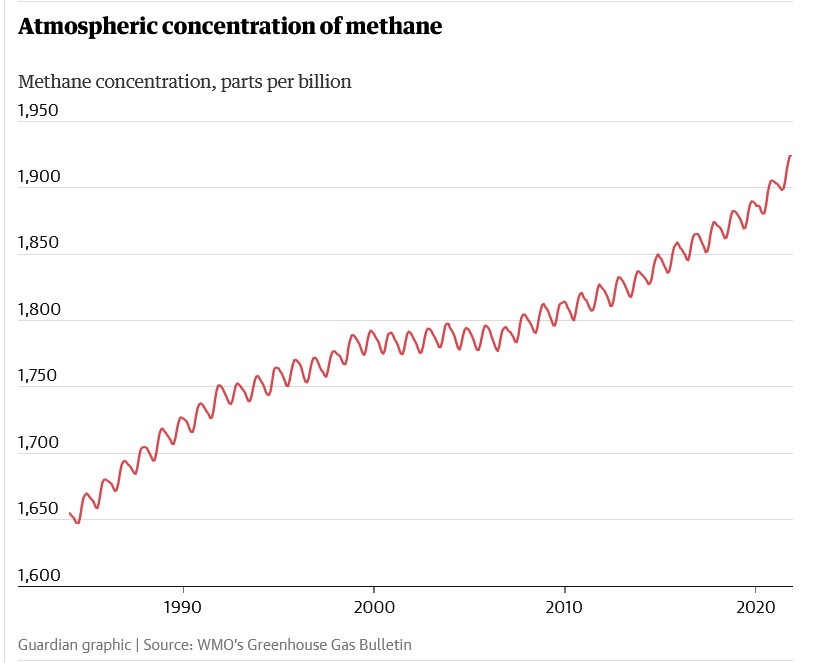
Now the theory is that the methane rise could be caused by activities of microbes in wetlands, rice paddies and the guts of ruminants. Rising temperatures have caused the ideal conditions for microbial methane production, as they enjoy warm, damp areas.
Carbon dioxide levels are also soaring, with the jump from 2020 to 2021 larger than the annual growth rate over the past decade. Measurements from WMO’s global atmosphere watch network stations show these levels continue to rise.
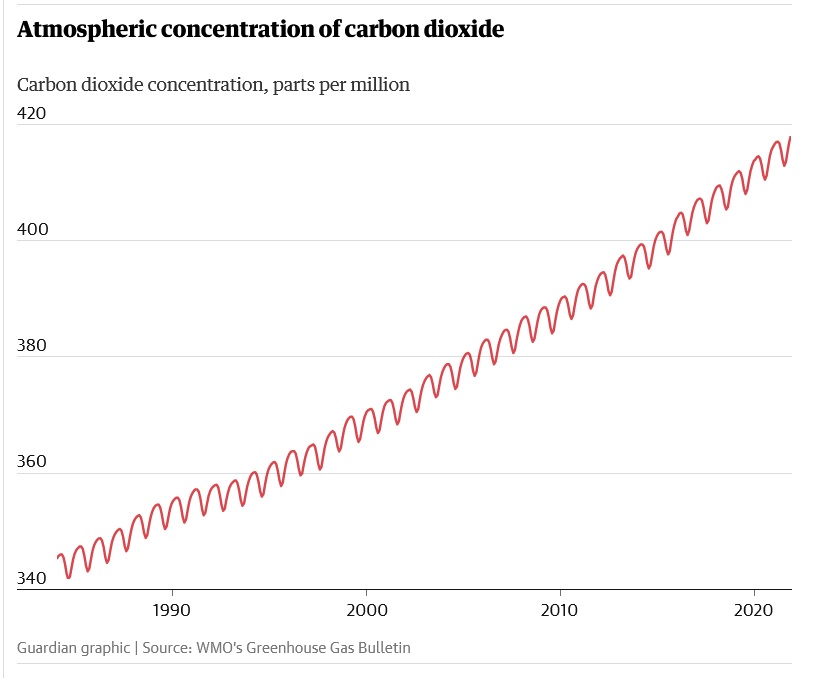
These greenhouse gases cause global heating, with the warming effect rising by 50% between 1990 and 2021. Carbon dioxide comprised about 80% of this increase.
According to the WMO, carbon dioxide concentrations in 2021 were 415.7 parts per million, methane was 1908 parts per billion (ppb) and nitrous oxide was 334.5 ppb. These are respectively 149%, 262% and 124% of pre-industrial levels.
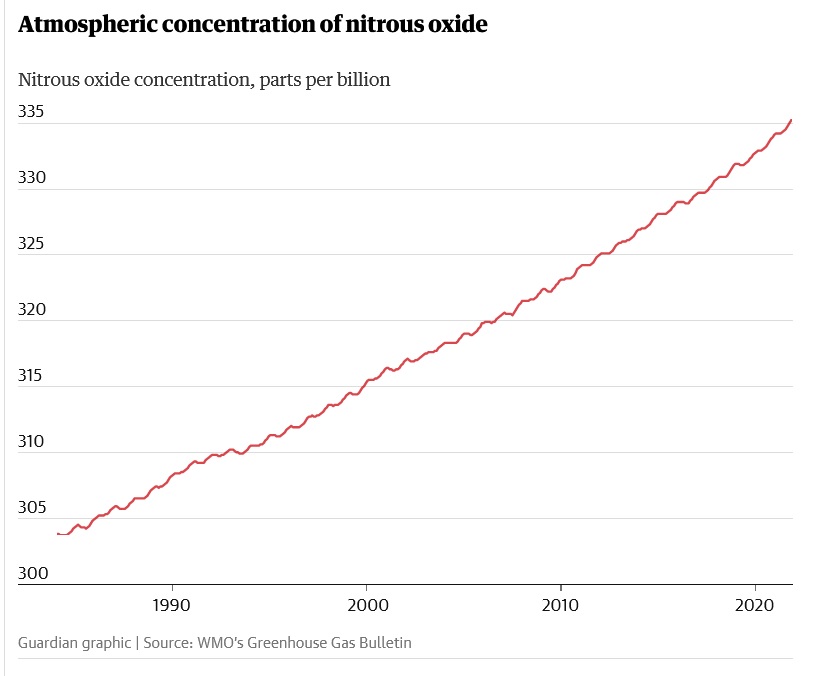
The WMO secretary general, Prof Petteri Taalas, said: “The continuing rise in concentrations of the main heat-trapping gases, including the record acceleration in methane levels, shows we are heading in the wrong direction.”
Though worrying, the methane increase was reversible, and carbon dioxide remained the biggest threat, he added. “There are cost-effective strategies available to tackle methane emissions, especially from the fossil fuel sector, and we should implement these without delay,” Taalas said. “However, methane has a relatively short lifetime of less than 10 years, and so its impact on climate is reversible.
“As the most urgent priority, we have to slash carbon dioxide emissions, which are the main driver of climate change and associated extreme weather, and which will affect climate for thousands of years through polar ice loss, ocean warming and sea level rise.”
However, Taalas said time was running out to tackle the climate emergency as concentrations of greenhouse gases in the atmosphere continued to reach new peaks.
“We need to transform our industrial, energy and transport systems and whole way of life. The needed changes are economically affordable and technically possible. Time is running out,” he said.
These figures will be presented at the Cop27 UN climate conference in November, where world leaders will convene in Egypt to make deals on the reduction of greenhouse gas emissions.
However, even if they act rapidly to stop the damage, much of it is already baked in. As long as emissions continue, global temperature will continue to rise. Given the long life of CO2, the temperature level observed will persist for decades, even if emissions are reduced swiftly to net zero.
COVER PHOTO: Waste piles up at a temporary dumpsite near high rise buildings in downtown Hanoi. Methane gas is released from decomposing organic waste. Photograph: Nhac Nguyen/AFP/Getty Images


